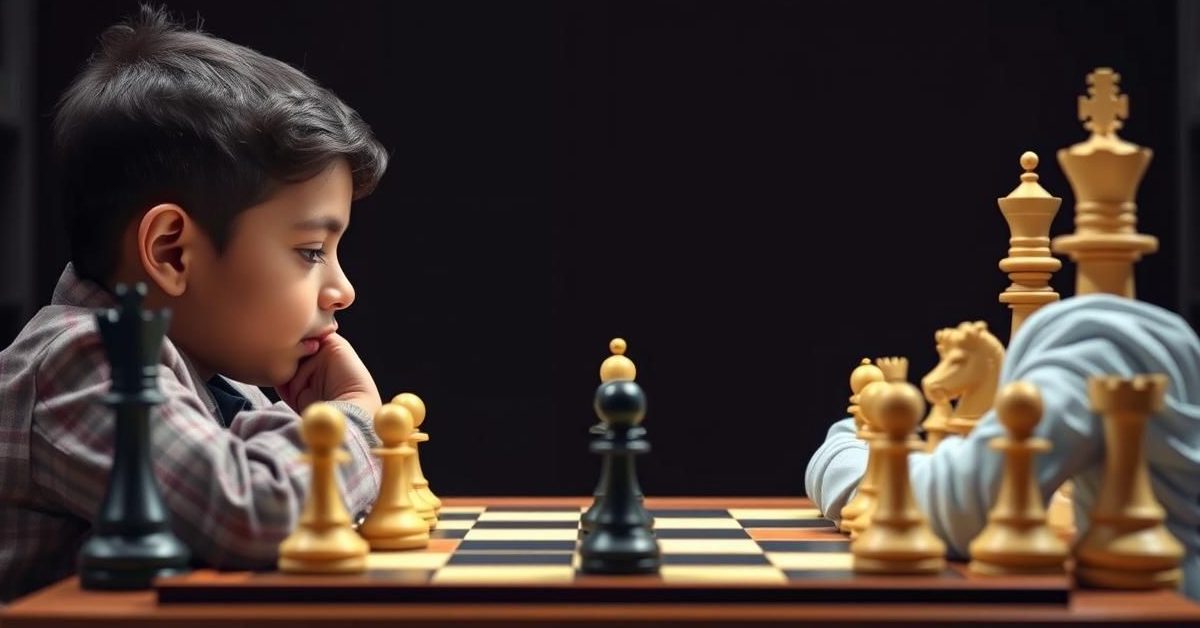The Unsettling Mystery of Air India Flight 171: A Nation Holds Its Breath
The sheer, unfathomable tragedy of a commercial aircraft vanishing from the skies, leaving a gaping void in its wake, reverberates far beyond the immediate families and friends. Such was the case with the recent, harrowing Air India Flight 171 incident. The catastrophic event sent shockwaves globally, reigniting widespread anxieties about air travel and sparking a desperate quest for answers. In the aftermath of such immense sorrow, the world turns to experts, seeking not just explanations but also a sense of closure.
Gaurav Taneja’s Initial Hypothesis: The Dual Engine Failure Theory
Among the prominent voices attempting to shed light on the elusive circumstances surrounding Flight 171’s demise was Gaurav Taneja, widely known as “Flying Beast” to his millions of followers. As a seasoned commercial pilot himself, Taneja brought a unique perspective, combining technical acumen with a relatable, accessible style. Early in his analysis, observing the reported trajectory and the nature of the wreckage, Taneja posited a compelling, albeit grim, theory: that the Boeing 787 Dreamliner, a modern marvel of aerospace engineering, could have experienced a dual engine failure.
This initial hypothesis wasn’t conjured from thin air. Taneja suggested that the specific flight profile of Air India Flight 171 before contact was lost, coupled with the apparent lack of distress calls, might indicate a sudden and overwhelming loss of thrust from both Rolls-Royce Trent 1000 or General Electric GEnx engines, leaving the crew with virtually no time for a Mayday transmission or recovery maneuvers. Such a scenario, he argued, would have been one of the very few pathways to the kind of rapid, uncontrolled descent that seemed consistent with early reports from the crash site.
Debunking the Rumors: Ruling Out Common Theories
In the age of rapid information dissemination, or often, misinformation, speculation can quickly overshadow verifiable facts. The Flight 171 tragedy, unfortunately, was no exception. Online forums and social media platforms buzzed with numerous theories, ranging from plausible to wildly improbable. Gaurav Taneja, recognizing the urgent need for clarity and responsible discourse, took it upon himself to systematically address and, in many cases, rule out these circulating narratives.
Challenging Sabotage and Terrorism Claims
One of the most unsettling theories to emerge involved sabotage or an act of terrorism. While the immediate aftermath of any significant aviation incident often raises such specters, Taneja meticulously pointed out the lack of any credible intelligence pointing to such threats against Air India or the specific flight. Furthermore, the nature of the debris field, as preliminary reports began to trickle in, did not align with an onboard explosion or external attack that would typically accompany a deliberate act of destruction. The pattern suggested a catastrophic structural or systems failure, rather than a blast.
Dispelling Pilot Error as the Sole Cause
Another common knee-jerk reaction in aviation incidents is to attribute blame to the flight crew. However, Taneja cautioned against such premature conclusions. He emphasized the rigorous training and experience of Air India pilots, particularly those qualified to command a sophisticated wide-body aircraft like the Boeing 787. While human factors are always a component in accident investigations, the initial evidence, especially the abrupt silence from the cockpit, seemed less indicative of a protracted struggle against a single error and more suggestive of an overwhelming, instantaneous failure that left the pilots with no opportunity to respond or communicate.
Beyond Structural Flaws and Bird Strikes
The Boeing 787 Dreamliner is an aircraft with an exemplary safety record, undergoing stringent checks and certifications. Theories suggesting a sudden, catastrophic structural failure, while not impossible, would be highly atypical for such a modern airframe unless subjected to extreme external forces. Similarly, while bird strikes are a frequent occurrence in aviation, causing significant damage, it is exceedingly rare for a single or even multiple bird strikes to incapacitate both engines of a large, robust aircraft like a Dreamliner, let alone lead to such an immediate and complete loss of control. Taneja highlighted the redundancy built into modern aircraft designs precisely to mitigate such individual points of failure.
The Unfolding Reality: Complexities of Aviation Investigation
As the investigation into Air India Flight 171 progressed, led by the Directorate General of Civil Aviation (DGCA) and assisted by international bodies like the National Transportation Safety Board (NTSB), the narrative, as Taneja himself observed, naturally began to evolve. Initial theories, including his own, are often refined or even discarded as more definitive data emerges from the crash site. The meticulous recovery of the “black boxes”—the Flight Data Recorder (FDR) and the Cockpit Voice Recorder (CVR)—becomes paramount, offering an invaluable, unbiased account of the final moments.
In a subsequent video, Taneja subtly shifted his focus, not necessarily retracting his initial engine failure theory entirely, but certainly broadening his perspective. He seemed to acknowledge the immense complexity inherent in such investigations, emphasizing that pinpointing a single cause is often a gross oversimplification. Instead, he hinted at a confluence of factors, a chain of events that, when combined, led to the tragic outcome. The process of elimination, which he had initially engaged in, now gave way to a deeper dive into the interdependencies of aircraft systems, environmental conditions, and human response.
The Lingering Question: A Quest for Ultimate Truth
The loss of Air India Flight 171 stands as a stark reminder of the inherent risks, however rare, in even the most advanced forms of transportation. For the grieving families, the analytical dissection of debris and data translates into a desperate yearning for answers, for the precise ‘why’ that might offer a sliver of solace. Gaurav Taneja, through his public analysis, has played a crucial role in navigating the public through the initial fog of speculation, grounding discussions in informed technical understanding while respecting the gravity of the human loss. Ultimately, the full truth lies within the painstaking work of the official investigators, whose findings will not only honor the memory of those lost but also contribute invaluable lessons to the ongoing pursuit of unparalleled safety in the skies.












